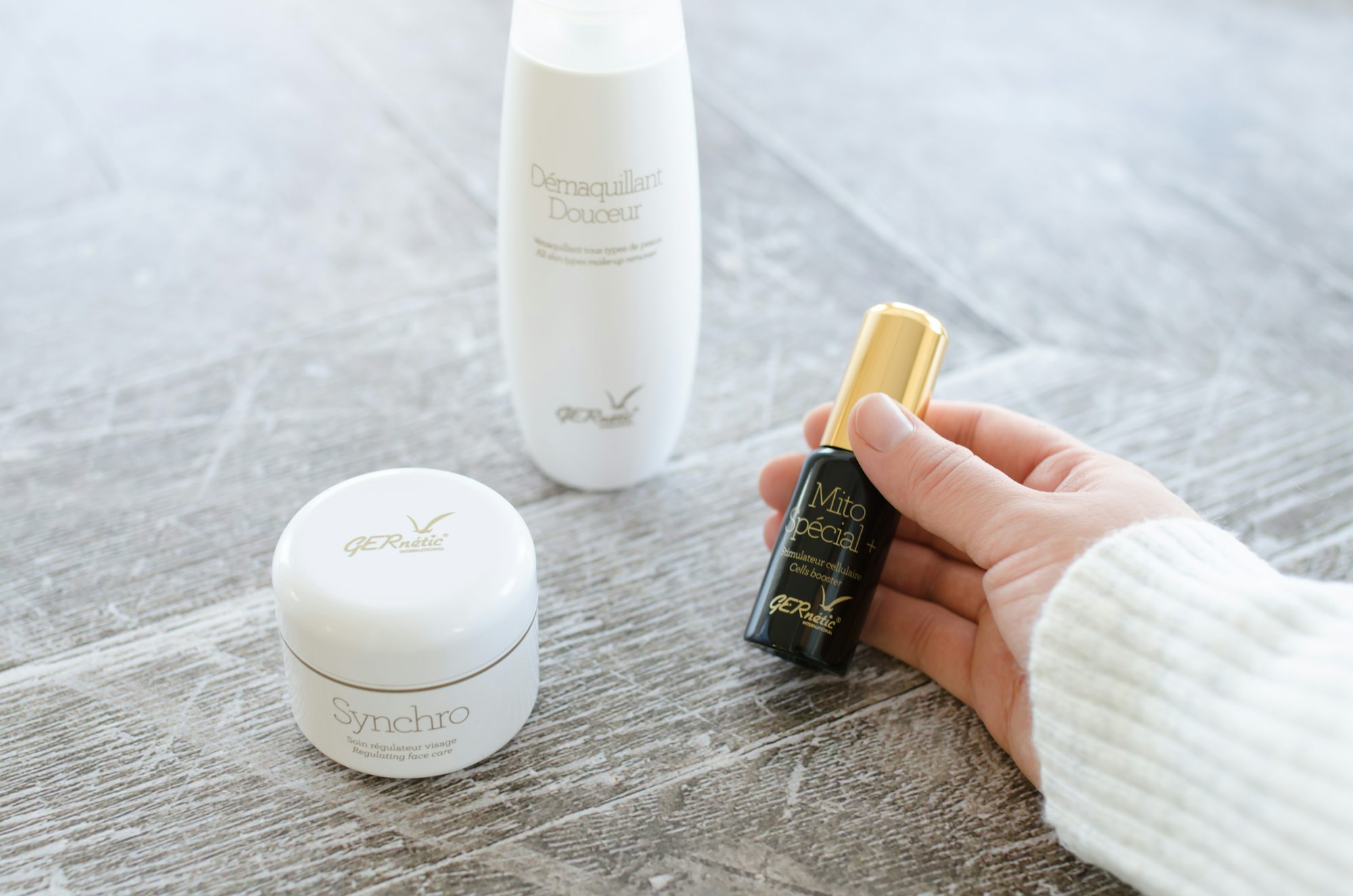Every woman desires healthy, glowing skin, yet the journey to achieving it can often feel overwhelming. With countless products and advice available, it’s crucial to understand the fundamentals of skincare. This comprehensive guide will cover essential skincare tips, helping you establish a routine that caters to your unique needs and enhances your natural beauty.
1. Understand Your Skin Type
The first step in any skincare journey is to identify your skin type. Your skin type influences the products you should use and the routine you should follow. Here are the main categories:
– Normal Skin: Balanced and not too oily or dry, this skin type typically has small pores and a smooth texture.
– Dry Skin: Characterized by a lack of moisture, dry skin can feel tight and may show signs of flakiness or sensitivity.
– Oily Skin: Oily skin produces excess sebum, leading to a shiny complexion and enlarged pores, making it prone to breakouts.
– Combination Skin: This skin type has both dry and oily areas, often with an oily T-zone and dry cheeks.
– Sensitive Skin: Easily irritated, sensitive skin can react to various products, causing redness or discomfort.
– Mature Skin: As skin ages, it may lose elasticity and show signs of aging such as fine lines and dullness.
Identifying your skin type is crucial for selecting appropriate products and treatments.
2. Establish a Skincare Routine
A consistent skincare routine is vital for maintaining healthy skin. Here’s a basic structure to follow:
– Cleansing: Cleanse your face twice a day—morning and night—to remove impurities, makeup, and excess oil. Choose a gentle cleanser that suits your skin type. For dry skin, opt for a creamy cleanser, while those with oily skin may benefit from a foaming or gel cleanser.
– Toning: After cleansing, use a toner to balance your skin’s pH and prepare it for the next steps. Look for alcohol-free toners with hydrating or soothing ingredients like rose water or chamomile.
– Serums: Incorporate serums that target specific concerns, such as hydration, brightening, or anti-aging. Serums are concentrated treatments that penetrate deeply into the skin, delivering powerful ingredients effectively.
– Moisturizing: Regardless of your skin type, moisturizing is essential. Choose a moisturizer that hydrates your skin without clogging pores. Lightweight gels work well for oily skin, while richer creams benefit dry skin.
– Sun Protection: Daily sunscreen is non-negotiable. Use a broad-spectrum SPF 30 or higher to protect your skin from harmful UV rays, which can lead to premature aging and skin damage.
3. Incorporate Key Ingredients
Understanding the benefits of various skincare ingredients can enhance your routine:
– Hyaluronic Acid: A powerful humectant that draws moisture into the skin, making it plump and hydrated. It’s suitable for all skin types.
– Vitamin C: An antioxidant that brightens the skin and helps even skin tone while providing protection against environmental damage.
– Retinol: A form of vitamin A that promotes cell turnover, reduces fine lines, and improves skin texture. Start with a lower concentration to allow your skin to adjust.
– Niacinamide: Known for its ability to regulate oil production and improve skin elasticity, niacinamide is beneficial for oily and combination skin.
– Peptides: These amino acids support collagen production and enhance skin firmness, making them ideal for mature skin.
Incorporating these ingredients into your routine can provide visible benefits over time.
4. Adjust Your Routine Seasonally
Your skin’s needs may change with the seasons, so be prepared to adjust your routine accordingly. In winter, your skin may require more hydration and nourishment due to cold weather and indoor heating. Consider using richer creams and adding hydrating serums. In summer, lightweight products and oil-free moisturizers may be more appropriate, as your skin may produce more oil in warmer temperatures.
5. Don’t Forget About Diet and Hydration
Healthy skin starts from within. Maintaining a balanced diet rich in vitamins, minerals, and antioxidants can significantly impact your skin’s appearance. Foods high in omega-3 fatty acids, such as fish, nuts, and seeds, can help maintain skin elasticity. Fruits and vegetables rich in vitamin C and antioxidants, like berries and leafy greens, support skin health by fighting free radicals.
Additionally, staying hydrated is crucial. Aim for at least eight glasses of water a day to keep your skin hydrated and flush out toxins.
6. Prioritize Self-Care
Skincare is not just about products; it’s also about self-care. Establishing a self-care routine can enhance your overall well-being and improve your skin’s health. Consider incorporating practices such as:
– Regular Facials: Treat yourself to professional facials or enjoy at-home spa days to nourish and pamper your skin.
– Mindfulness and Stress Management: High stress levels can negatively affect your skin. Practices like yoga, meditation, or simple breathing exercises can help reduce stress and promote a healthy glow.
– Sleep: Quality sleep is essential for skin repair and regeneration. Aim for 7-9 hours of restful sleep each night to allow your skin to recover and rejuvenate.
7. Be Patient and Consistent
Skincare is a journey, and results take time. It’s important to be patient and consistent with your routine. Avoid the temptation to switch products frequently, as it can disrupt your skin’s balance. Instead, give products time to work—typically four to six weeks—to assess their effectiveness.
Conclusion
Achieving healthy, glowing skin is within reach for every woman. By understanding your skin type, establishing a consistent routine, incorporating key ingredients, and prioritizing self-care, you can create a personalized skincare regimen that enhances your natural beauty. Remember, skincare is a journey, and the path to radiant skin requires patience and commitment. With the right approach, you can embrace your unique beauty and enjoy the confidence that comes with it.


